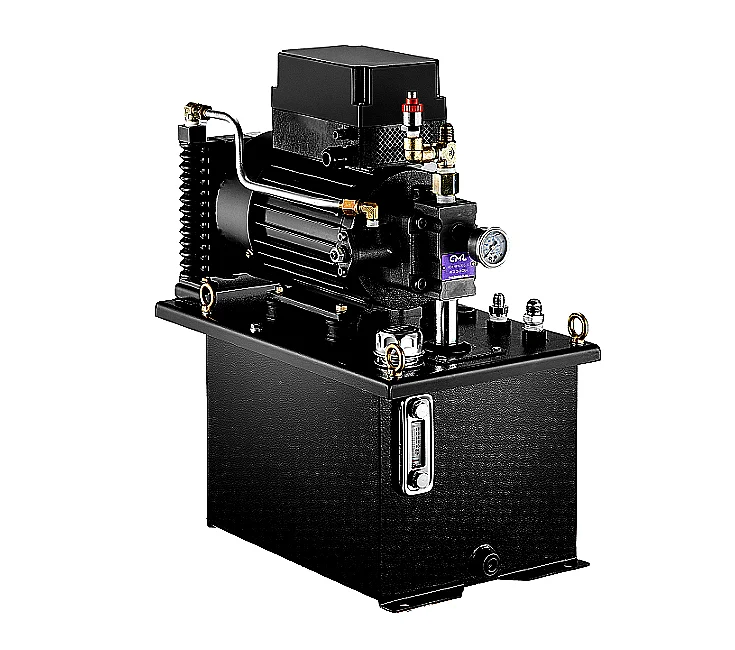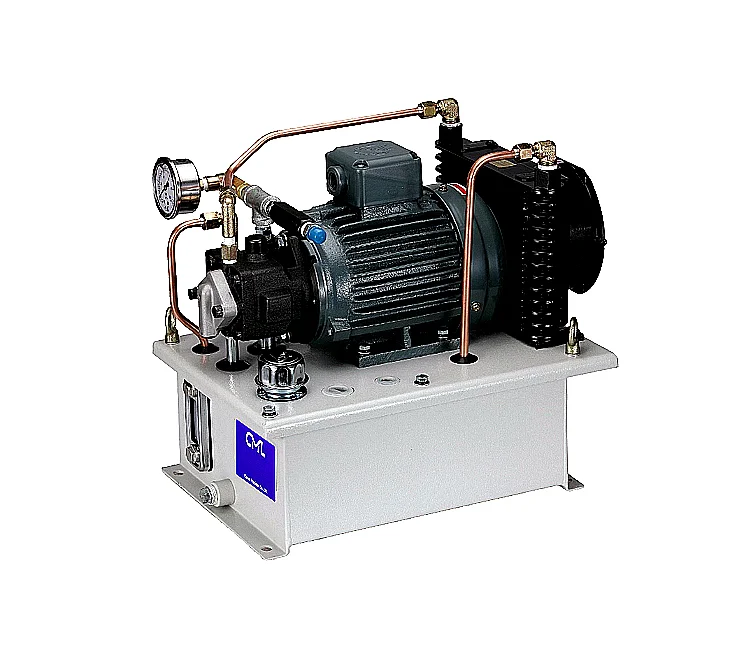What is Motor Frame Number
The motor "frame number" refers to the standardized designation for the motor's external mechanical dimensions. It is primarily defined by motor manufacturing standards (such as NEMA, IEC, etc.) and is used to ensure consistency and interchangeability in installation and mechanical connections between motors of different brands and models.
What is the purpose of the frame number?
- Defines the motor's external dimensions: such as base mounting hole positions, shaft diameter, shaft height (center height), flange dimensions, etc.
- Aids in selection and replacement: Motors with the same frame number can usually be directly interchanged, even if they are from different brands.
- Used for designing mechanical interfaces: When designing machinery or equipment, engineers design motor mounts, connecting flanges, and other structures based on the frame number.
| Standard | Description |
|---|---|
| NEMA | National Electrical Manufacturers Association standard, commonly used in the Americas |
| IEC | International Electrotechnical Commission standard, commonly used in Europe and Asia (IEC is widely used in Taiwan) |
| JIS | Japanese Industrial Standards |
| CNS | Chinese National Standards (mostly aligned with IEC) |
Example (based on IEC standard): Motor frame number 132M
- "132" indicates a motor center height of 132 mm (height from the motor shaft center to the base)
- "M" indicates a medium frame length (also S=short, L=long)
What is Motor Frame Number | CML: ISO 9001 & CE Certified Hydraulic Pump Manufacturer – Award-Winning Quality
Located in Taiwan since 1981, Camel Precision Co., Ltd. is a hydraulic pumps and hydraulic valves manufacturer in Machinery and Equipment Manufacturing Industry.
In 1981 Camel Precision Co.,Ltd was founded. The management of company fully awards of high quality products requires not only sophisticate machinery, But good knowledge in technology is also important as well. Company invited senior engineers from Germany and Japan to lead the manufacturing and training of local engineers in hydraulic industry. We offer our customers industrial pumps, solenoid directional control valves, hydraulic pumps, vane pumps, external gear pump, internal gear pump, directional valve, hydraulic valves...etc.
CML, Camel Hydraulic, Camel Precision has been offering customers high-quality Vane Pump, Variable Displacement Vane Pump, Internal Gear Pump, Eckerle Asia Agent, External Gear Pump, Solenoid Valve, Modular Valve, Pressure Reducing Valve, Flow Control Valve, Hydraulic Valve since 1981, both with advanced technology and 38 years of experience, CML, Camel Hydraulic, Camel Precision ensures each customer's demands are met.
Company Facts in Numbers
0
Years of industry experience
0
Number of clients served
0%
Customer repurchase rate


